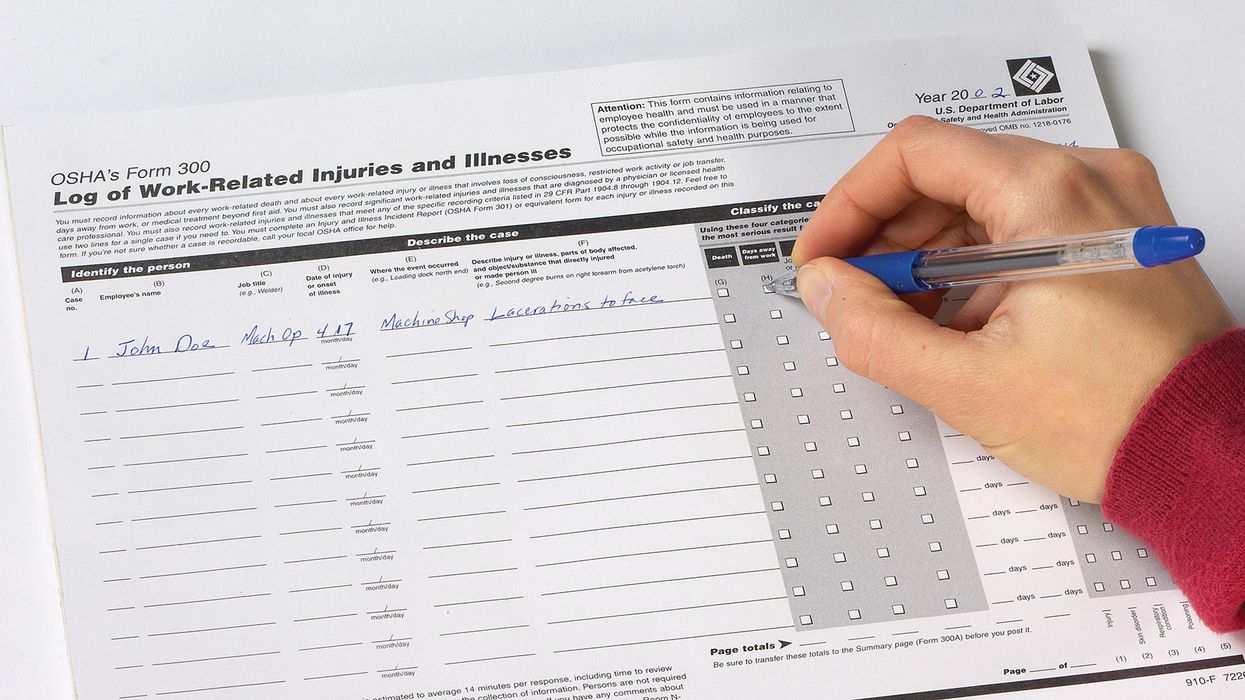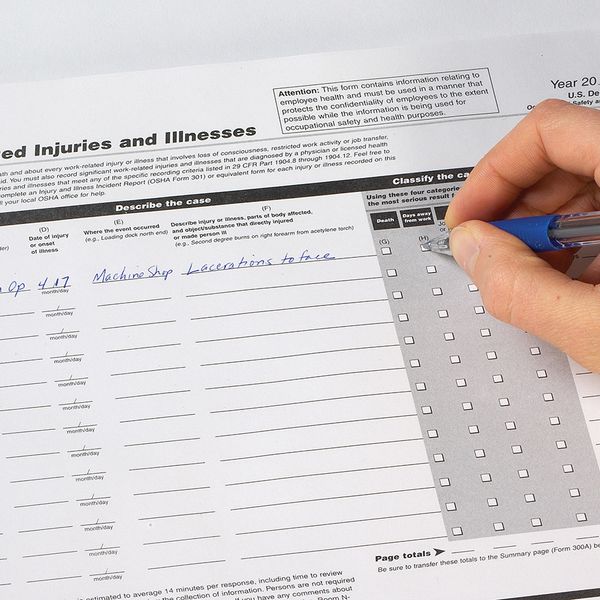Deciphering OSHA recordkeeping forms
Not everyone has a decoder ring to figure out which OSHA form is used and when. That’s where we step in to help! Read on to ensure you are prepared for the annual reporting requirements and deadlines.
Which form is which?
Apart from employers with 10 or fewer workers throughout the previous calendar year and some establishments within certain industries, most employers are required to use forms to report occupational injuries and illnesses to OSHA. But what is the purpose of each form?
| FORM # | PURPOSE | REQUIREMENT OVERVIEW |
| 300 "Log" | Used to classify work-related injuries and illnesses, record specific details about when/how the incident occurred, and to note the extent and severity of each case. A 300 Log must be kept for each establishment or site. | • Employers with more than one establishment must keep a separate 300 Log for each physical location that is expected to be in operation for one year or longer. • Work-related injuries and illnesses must be recorded when they result in death, loss of consciousness, days away from work, restricted work activity or job transfer, or medical treatment beyond first aid. You must also record work-related injuries and illnesses that are “significant” as diagnosed by a physician or other licensed health care professional. |
| 300A "Summary" | Used to tabulate incidents and injuries for the year in each category. | • Employers with more than one establishment must keep a 300A Summary for each physical location that is expected to be in operation for one year or longer. • The Summary (not the Log) must be posted in a visible location from February 1 to April 30 of the year following the year covered by the Summary. |
| 301 "Report" | Used as initial documentation of an employee recordable injury or illness to provide a clear picture of the extent and severity of event. | • Employers must complete the 301 Report* within 7 calendar days after knowledge of recordable work-related injury or illness. • The 301 Report must be maintained for 5 years following the year to which it applies. |
NOTE: Employers in State Plan States should check with their State Plan to see if reporting exemptions apply.
*Other forms, such as Workers' Compensation forms can be used instead of the 301 Report as long as OSHA receives the required information.
Are there other exemptions?
There are key considerations for OSHA recordkeeping, including:
- ALL employers, including those partially exempted due to company size or industry classification, must report to OSHA any workplace incident that resulted in a fatality, in-patient hospitalization, amputation, or loss of an eye.
- Employers with 10 or fewer workers throughout the previous calendar year do not need to complete these forms.
- Establishments classified in certain low-risk industries such as some retail establishments, office administrative services, technical or trade schools, vehicle dealers, etc. (See Appendix A to Subpart B).
- Establishments normally exempt from keeping the OSHA forms must complete the forms if they are requested to do so, in writing, by OSHA or the Bureau of Labor Statistics (BLS).
Key to remember: Understanding the different OSHA injury and illness forms, along with their respective requirements and purposes, is crucial for maintaining timely and compliant recordkeeping.


















































